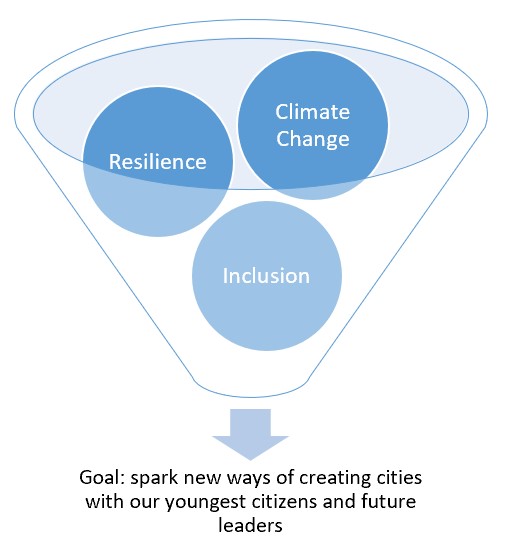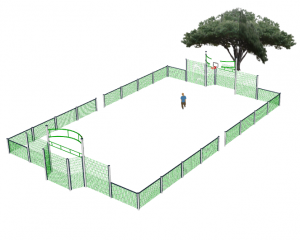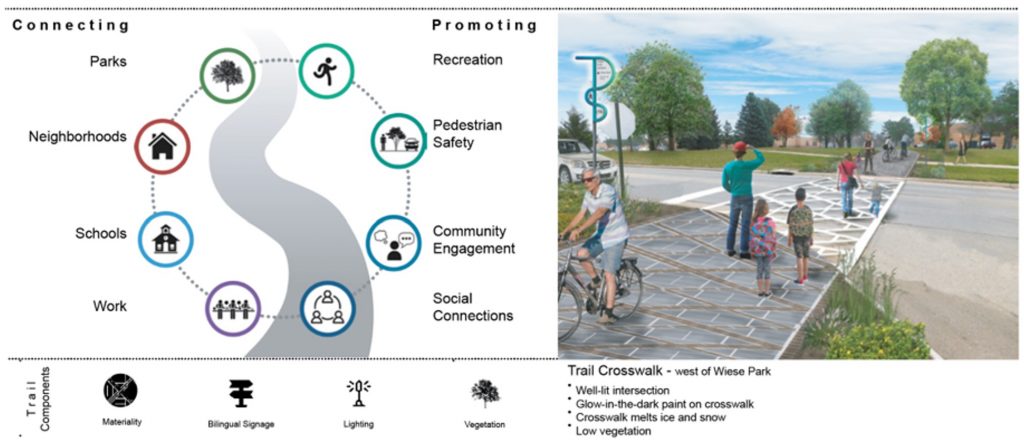Breakdown:

The population of New York City, NY was 8.63 million people in 2017. 73% of New York City’s low-income areas do not meet the legislature requiring 2.5 acres of parkland per 1,000 residents. We know that lack of access to green space has devastating, enduring impacts from childhood to adulthood. New York City is implementing resilient, inclusive parks as a step to being a child-friendly city.
![]()
All age ranges are being involved in the park development in New York City. I was able to get in contact with The Trust for Public Land to discuss the parks they have implemented in the city. Their focus in NYC has been both about making the city more child-friendly and more climate-resilient. With 27 different park interventions, The Trust for Public Land has been working since 1972, to protect more than 3.3 million acres and completed more than 5,400 park and conservation projects.
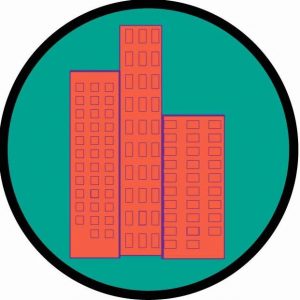 The most replicable child-friendly interventions I have found have been either working in parking lots to change the space from traffic centered to play centered or working with schoolyards to create parks that are open later than the schools are like PS 111M in Hell’s Kitchen, New York City, NY.
The most replicable child-friendly interventions I have found have been either working in parking lots to change the space from traffic centered to play centered or working with schoolyards to create parks that are open later than the schools are like PS 111M in Hell’s Kitchen, New York City, NY.
Interactive Map of Child Friendly Interventions in New York City:
Figure Ground Drawing of New York City:

This image shows the stark contrast between building space and street space. There are three different parks in this image as well, but the streetscape dominating the landscape is very apparent. The area in red is a park intervention done in 2004 called Teardrop park. Including park spaces in a city spanned so expansively by streets in crucial to having a child friendly city. Another mitigation to handle the streets would be to adapt several to pedestrian friendly walkways or to create a sky-walk structure the way other parts of New York City already have.
Teardrop Park, New York City, NY
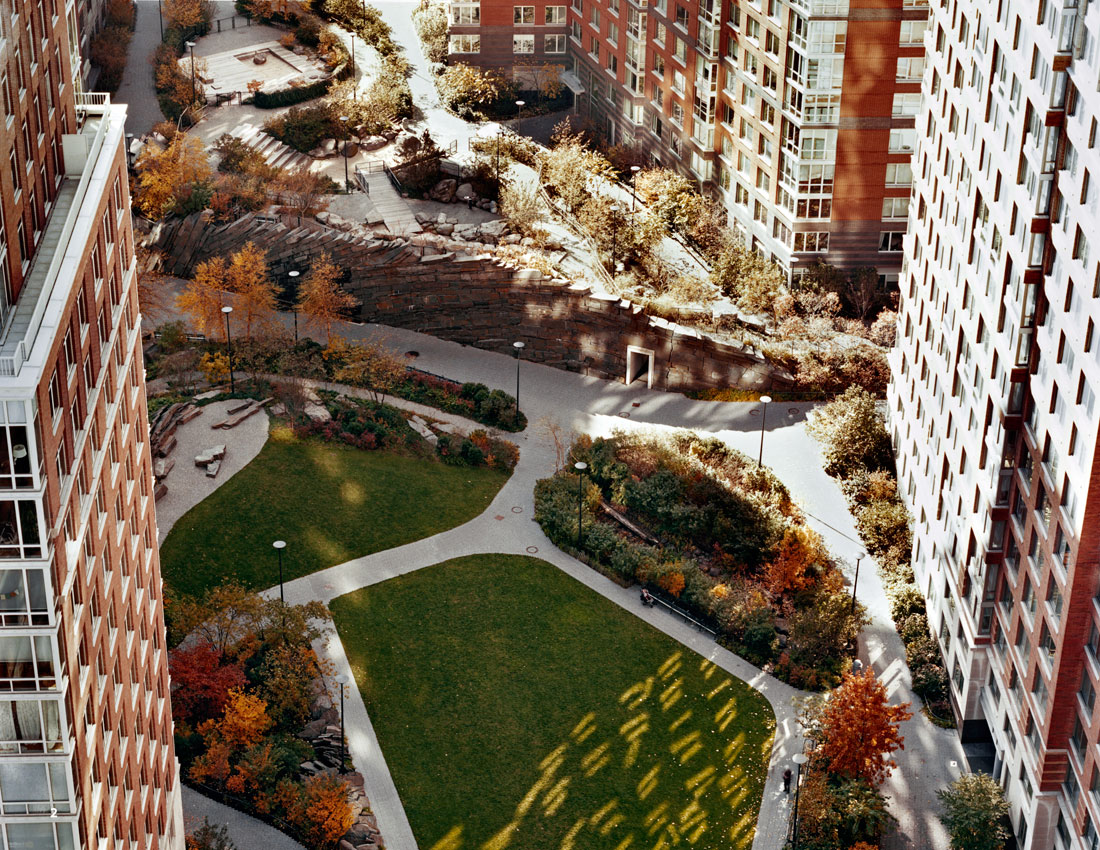
Teardrop Park was a design done by Michael Van Valkenburg Associates. I included it in the child-friendly city post because it provides a space for children to escape from the streetscape shown above. Bringing the more inventive play and natural textures into the backdrop of New York City is hugely important. It was designed to refer to the Hudson River Valley as it once was. There is little Climate Resilience present in this design, which could have really been a spectacular addition, but Teardrop park is certainly a beautiful place to visit and. a fantastical place for kids to play.
PS 111M, Hell’s Kitchen, New York City NY
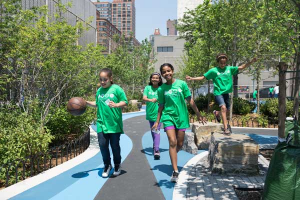
According to the Trust for Public Land “The site is open to the public after school and during school breaks until dusk, seven days a week, as part of the Schoolyards to Playgrounds Program. This one-acre playground captures over 700,000 gallons of stormwater per year.” This park intervention was an excellent opportunity for children to become more involved in their place of education, learn about stormwater management, and it provides a safe place for them to be off the streets. It was completed.
PS 261K Boerum Hill, Brooklyn, NY
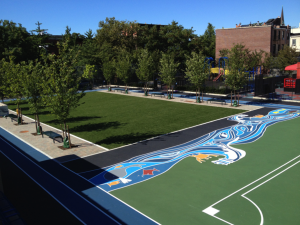
Located in Boerum Hill, Brooklyn, this playground includes artificial turf field, running track, rain garden, permeable pavers, trees, gazebo with rain barrels, outdoor classroom in council ring, planter boxes, storage shed with green roof, benches, basketball court, kickball area, color seal, painted games, stage, recycling center and water fountain. The green infrastructure elements capture 500,000 gallons of stormwater each year.
Human Context:
This video gave some insight into the lives of some of the people living in New York. Starting at 8:28 we get a glimpse into children in the context of the city. We see a mother worrying about her child and a child worrying about his future. The whole video is incredibly powerful, and the series humanizes the city of New York in a way that makes the concerns and everyday life occurring there more accessible.
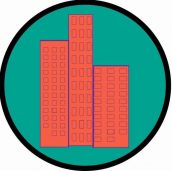 become individuals. Children have a huge variety of places to go, both by themselves and with their families. Stamford has the conveniences of a large city, but the feel of a small town. This is a city where communities come together help and protect each other, and their children.
become individuals. Children have a huge variety of places to go, both by themselves and with their families. Stamford has the conveniences of a large city, but the feel of a small town. This is a city where communities come together help and protect each other, and their children. 
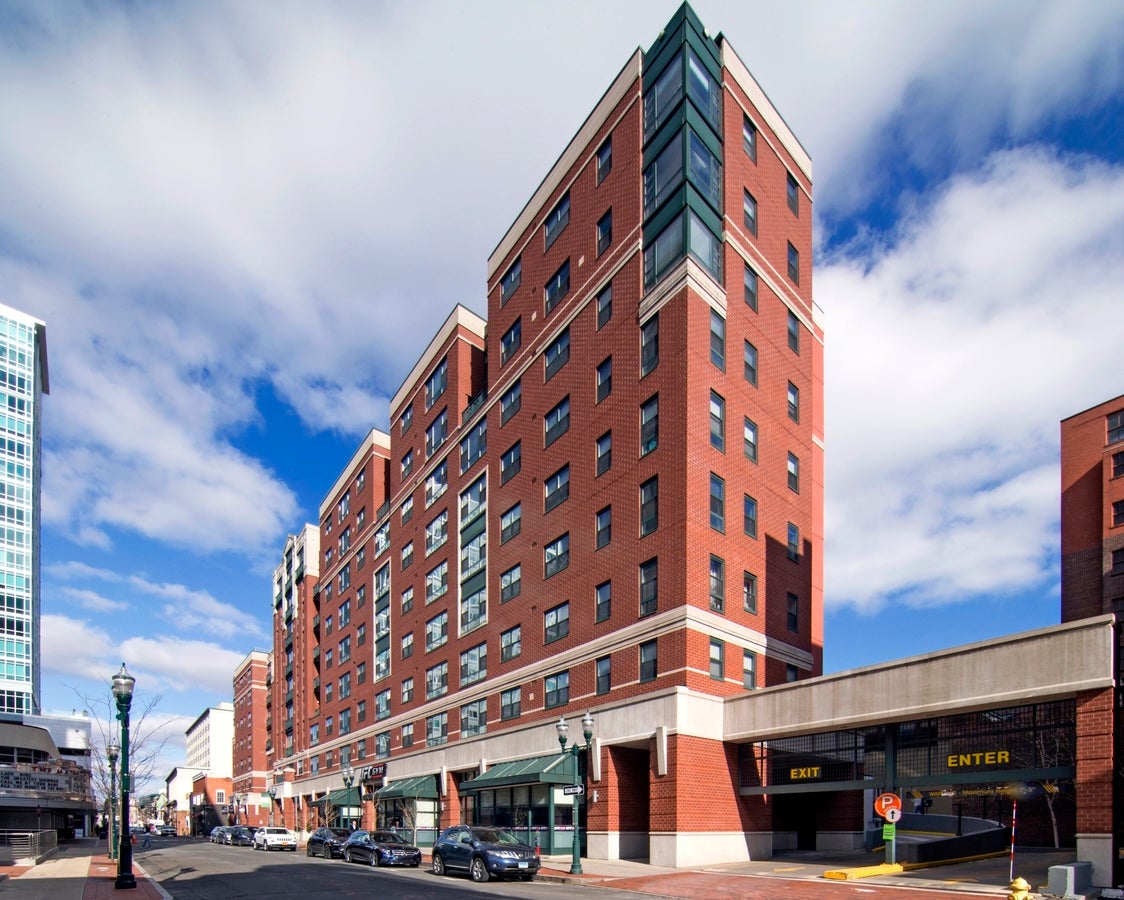
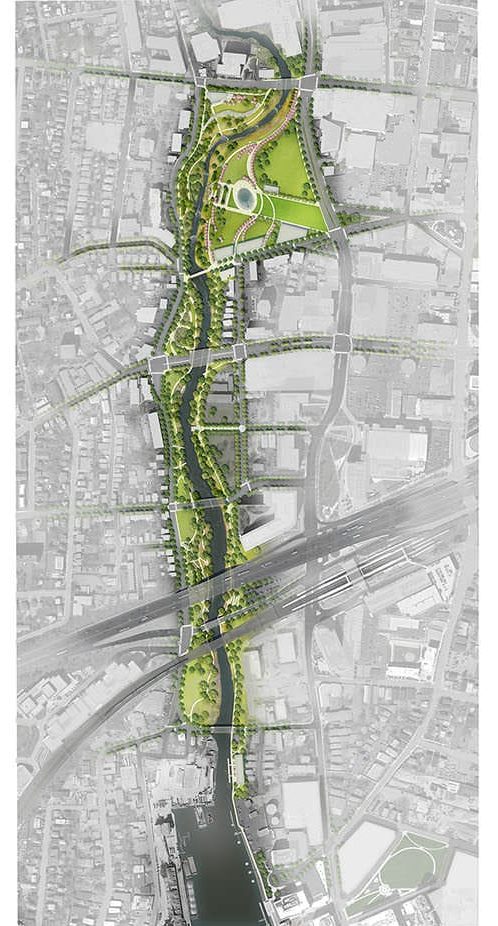 Mill River Park is a shining example of why Stamford is an excellent city for children. Mill River, which runs through downtown Stamford, used to be a major flood risk to the city. The river was polluted, filled with debris, and unsafe for interaction with the water. All of this changed when the city decided to complete an extensive restoration project. Now an ASLA awarded design, Mill River Park is the ideal space for the youth of Stamford to play, learn, and explore.
Mill River Park is a shining example of why Stamford is an excellent city for children. Mill River, which runs through downtown Stamford, used to be a major flood risk to the city. The river was polluted, filled with debris, and unsafe for interaction with the water. All of this changed when the city decided to complete an extensive restoration project. Now an ASLA awarded design, Mill River Park is the ideal space for the youth of Stamford to play, learn, and explore. The second phase of the project was the restoration of Mill River, which began in 2009. By removing two dams in the area, the river was able to run freely for the first time in over 360 years, and it made it possible for visitors to access the river’s edge for the first time in a century. The design team also made riffles and pools to create habitat for aquatic and terrestrial species, as well as many habitat areas on land. The kids who visit the park love that they can safely view, and sometimes even interact with, animals in the middle of their city. Park visitors have been posting pictures on social media and the Mill River Collaboratives website of all types of wildlife in the park, including rarely seen ground nesting birds and river otters.
The second phase of the project was the restoration of Mill River, which began in 2009. By removing two dams in the area, the river was able to run freely for the first time in over 360 years, and it made it possible for visitors to access the river’s edge for the first time in a century. The design team also made riffles and pools to create habitat for aquatic and terrestrial species, as well as many habitat areas on land. The kids who visit the park love that they can safely view, and sometimes even interact with, animals in the middle of their city. Park visitors have been posting pictures on social media and the Mill River Collaboratives website of all types of wildlife in the park, including rarely seen ground nesting birds and river otters.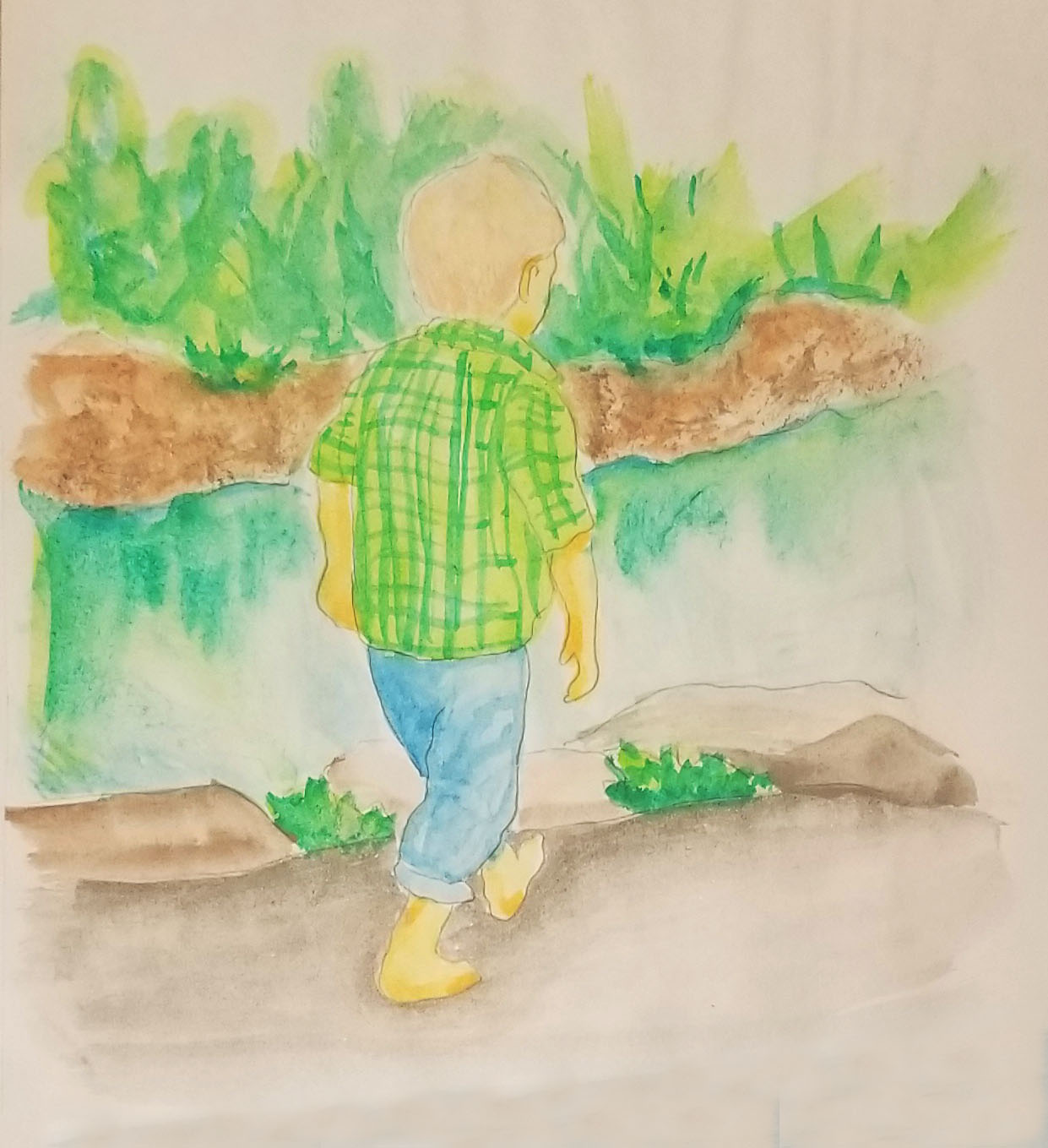 projects include a great lawn, pavilion, ice rink/fountain play area, greenway, and the kid favorite carousel. A Discovery Center Park Building is planned to begin construction next summer, which will bring even more fun programs and amenities for kids to the park. Mill River Park Collaborative also has plans to continue expanding the park in multiple directions, which is exciting news for children all over Stamford.
projects include a great lawn, pavilion, ice rink/fountain play area, greenway, and the kid favorite carousel. A Discovery Center Park Building is planned to begin construction next summer, which will bring even more fun programs and amenities for kids to the park. Mill River Park Collaborative also has plans to continue expanding the park in multiple directions, which is exciting news for children all over Stamford. 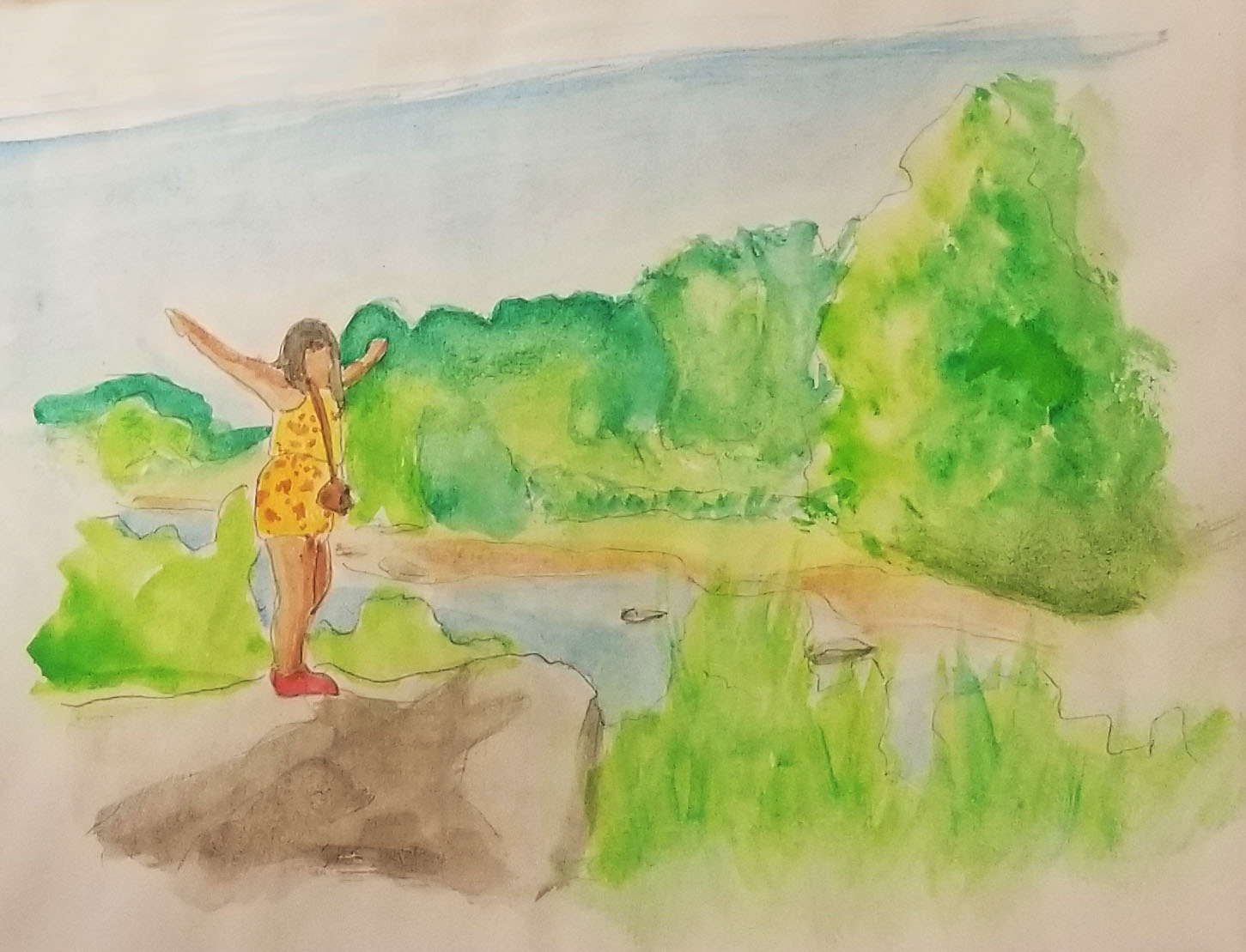 sightseeing, exploring, or participating in the hundreds of programs offered. A series of walking paths was built along the river and into surrounding neighborhoods to create easy access to the park. This was especially great for the children in the community because it allowed them a safe path to walk to and from the park by themselves.
sightseeing, exploring, or participating in the hundreds of programs offered. A series of walking paths was built along the river and into surrounding neighborhoods to create easy access to the park. This was especially great for the children in the community because it allowed them a safe path to walk to and from the park by themselves. 
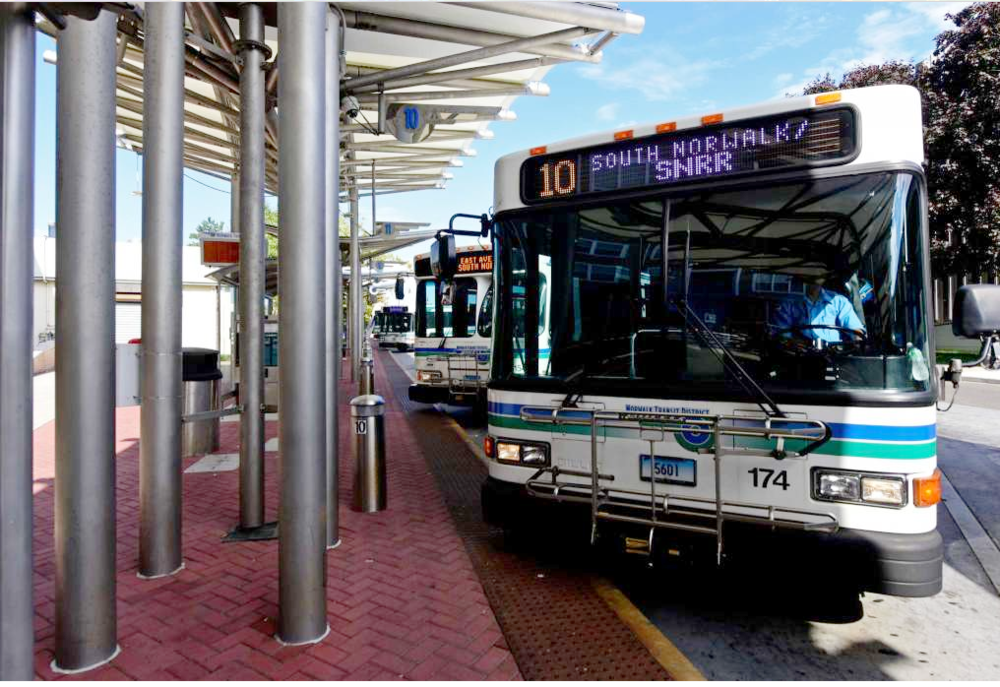


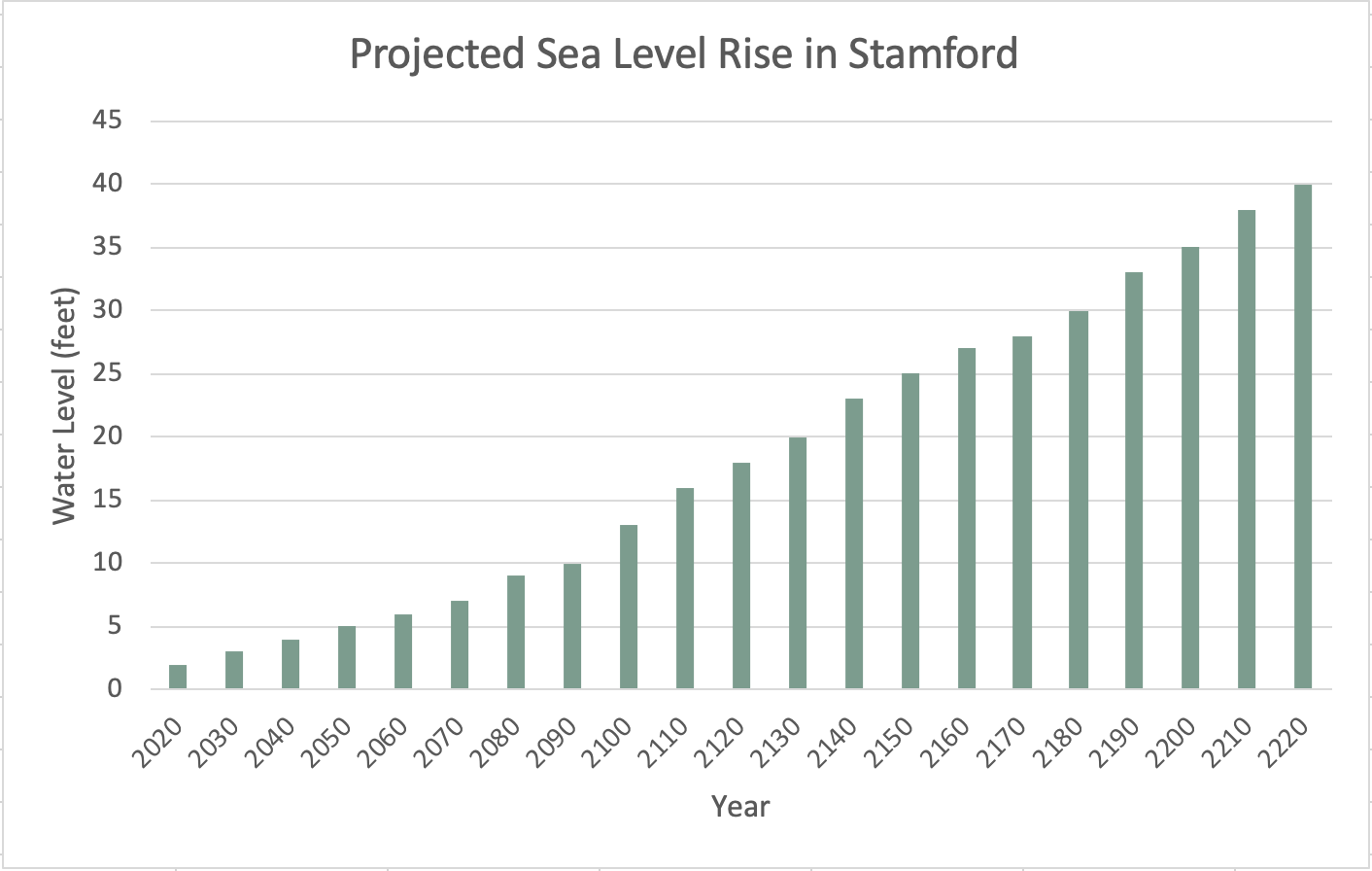
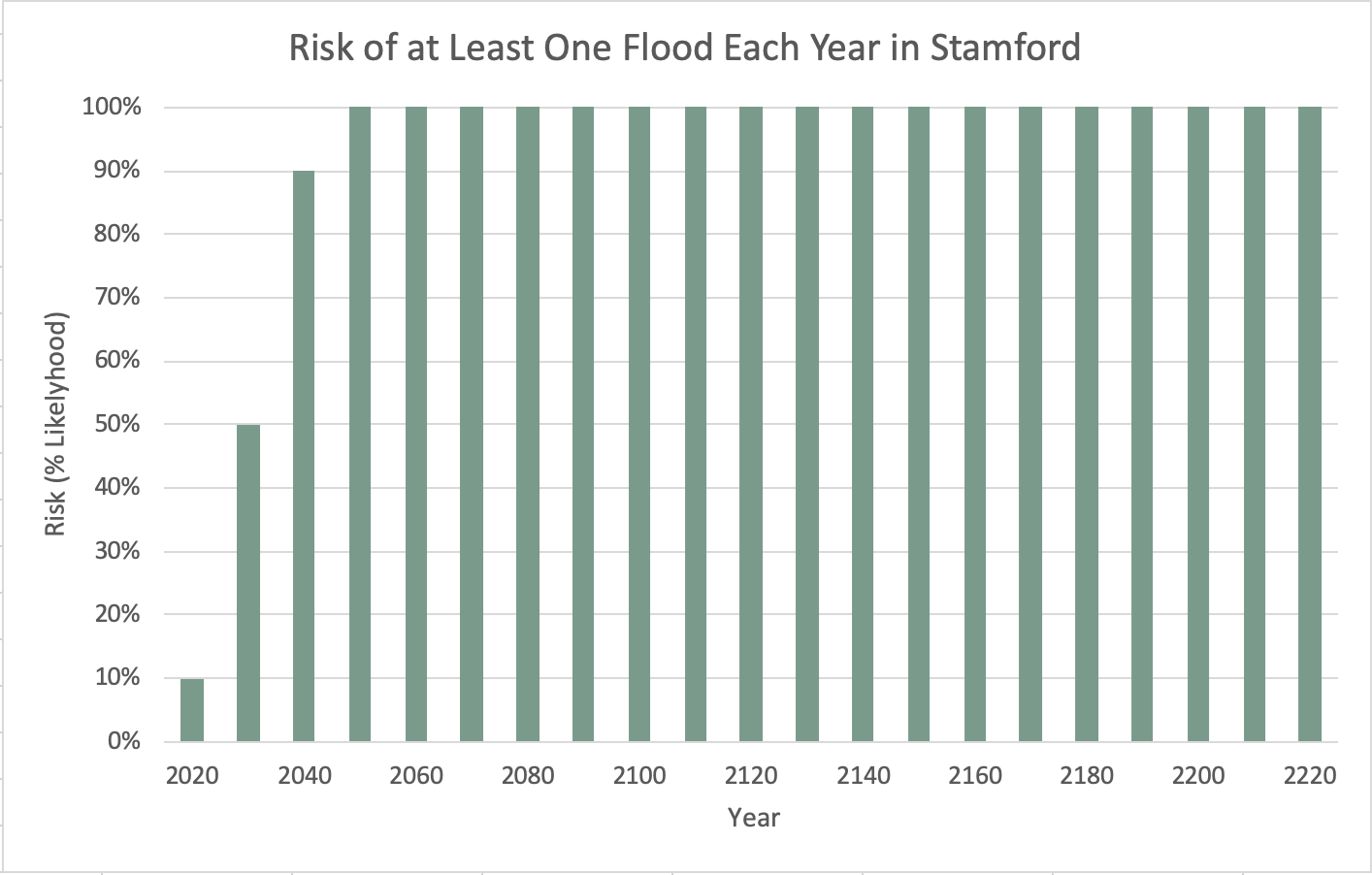
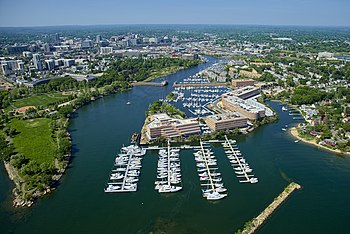
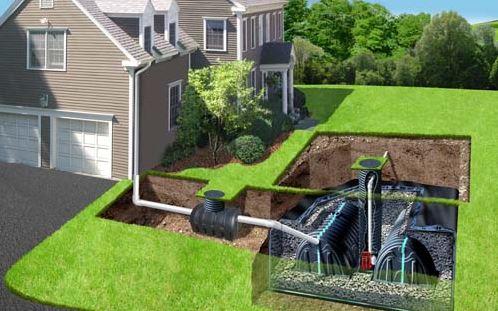
 Originally a huge risk in the city, which developed into a major green infrastructure and restoration project, Mill River Park has become a huge success for Stamford. Mill River runs through Stamford, and for years frequently flooded the downtown and other areas of the city due to issues created by dams, pollution, debris, and channelizing. The design team (lead by OLIN) tasked with the project had the challenge of designing a master plan that would both restore the river, and reconnect the city with nature.
Originally a huge risk in the city, which developed into a major green infrastructure and restoration project, Mill River Park has become a huge success for Stamford. Mill River runs through Stamford, and for years frequently flooded the downtown and other areas of the city due to issues created by dams, pollution, debris, and channelizing. The design team (lead by OLIN) tasked with the project had the challenge of designing a master plan that would both restore the river, and reconnect the city with nature. 
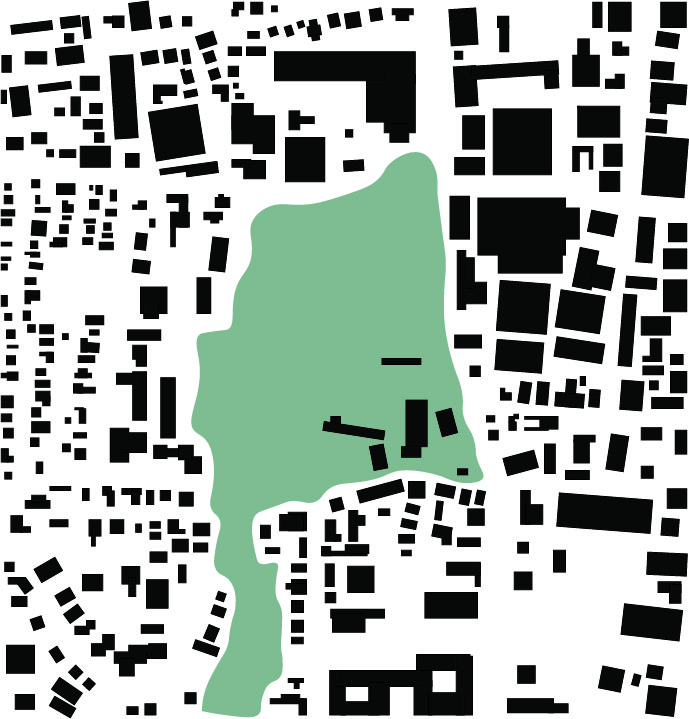
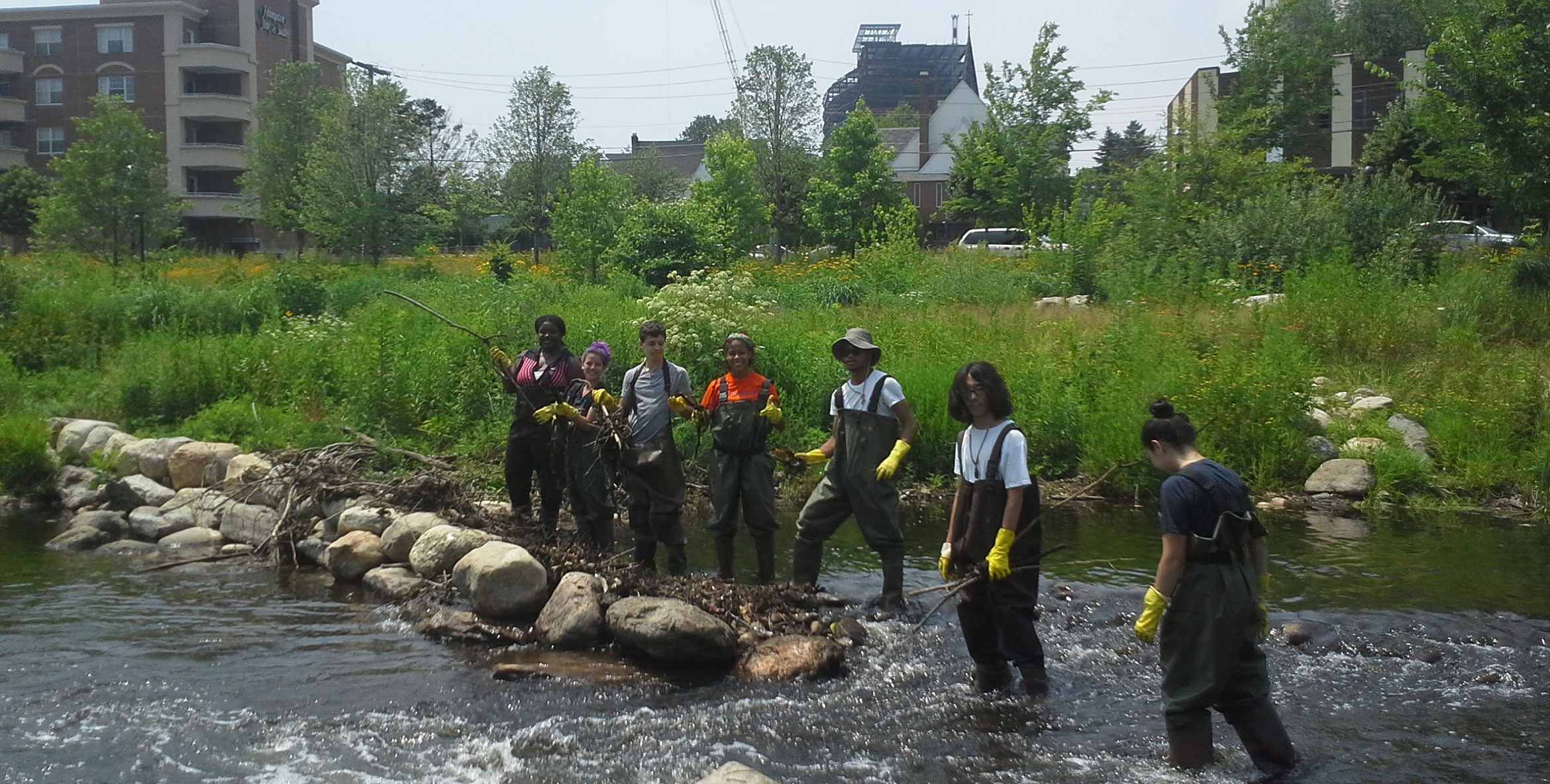
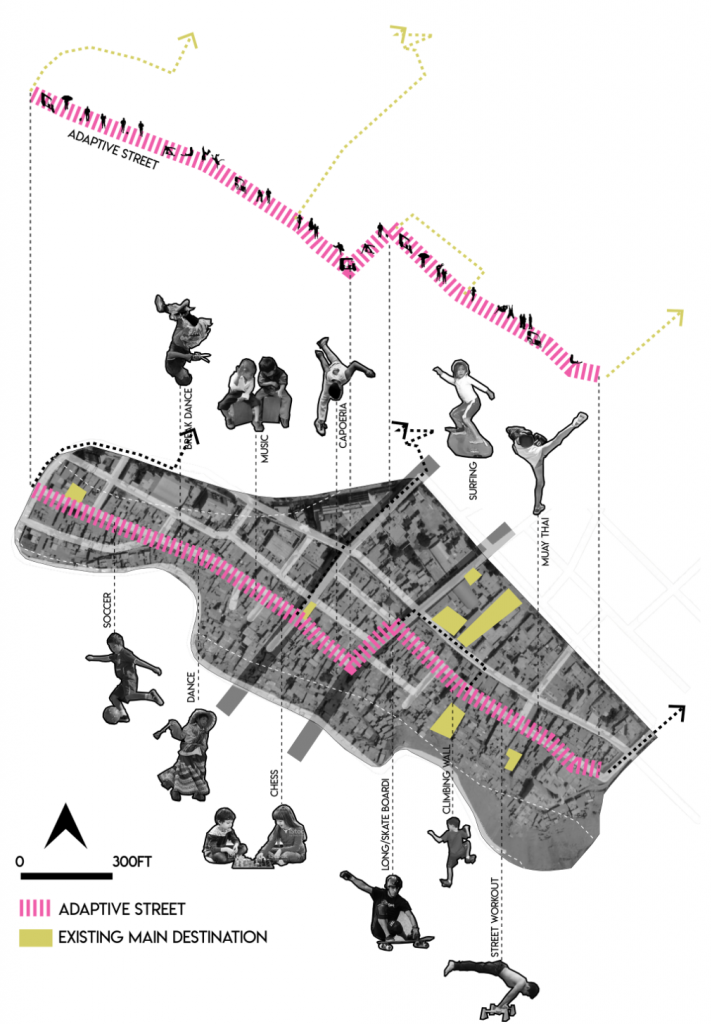
 However, for “A Child-Friendly City” we won’t have a site. How could there be a site for all of the youth living in New Orleans? Never mind the complexity of trying to transport all of the individuals who don’t have access to reliable, private or public transportation, we would be over-assuming that we could solve all of their problems with design. What role can design play? Beyond families, youth need: programs, recreation, education, and employment. Aside from the obvious activities, design doesn’t seem to fit in (Figure). Urban design challenges start with people. So, let’s reevaluate the design process to be about people instead of a bounded site.
However, for “A Child-Friendly City” we won’t have a site. How could there be a site for all of the youth living in New Orleans? Never mind the complexity of trying to transport all of the individuals who don’t have access to reliable, private or public transportation, we would be over-assuming that we could solve all of their problems with design. What role can design play? Beyond families, youth need: programs, recreation, education, and employment. Aside from the obvious activities, design doesn’t seem to fit in (Figure). Urban design challenges start with people. So, let’s reevaluate the design process to be about people instead of a bounded site.